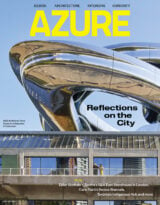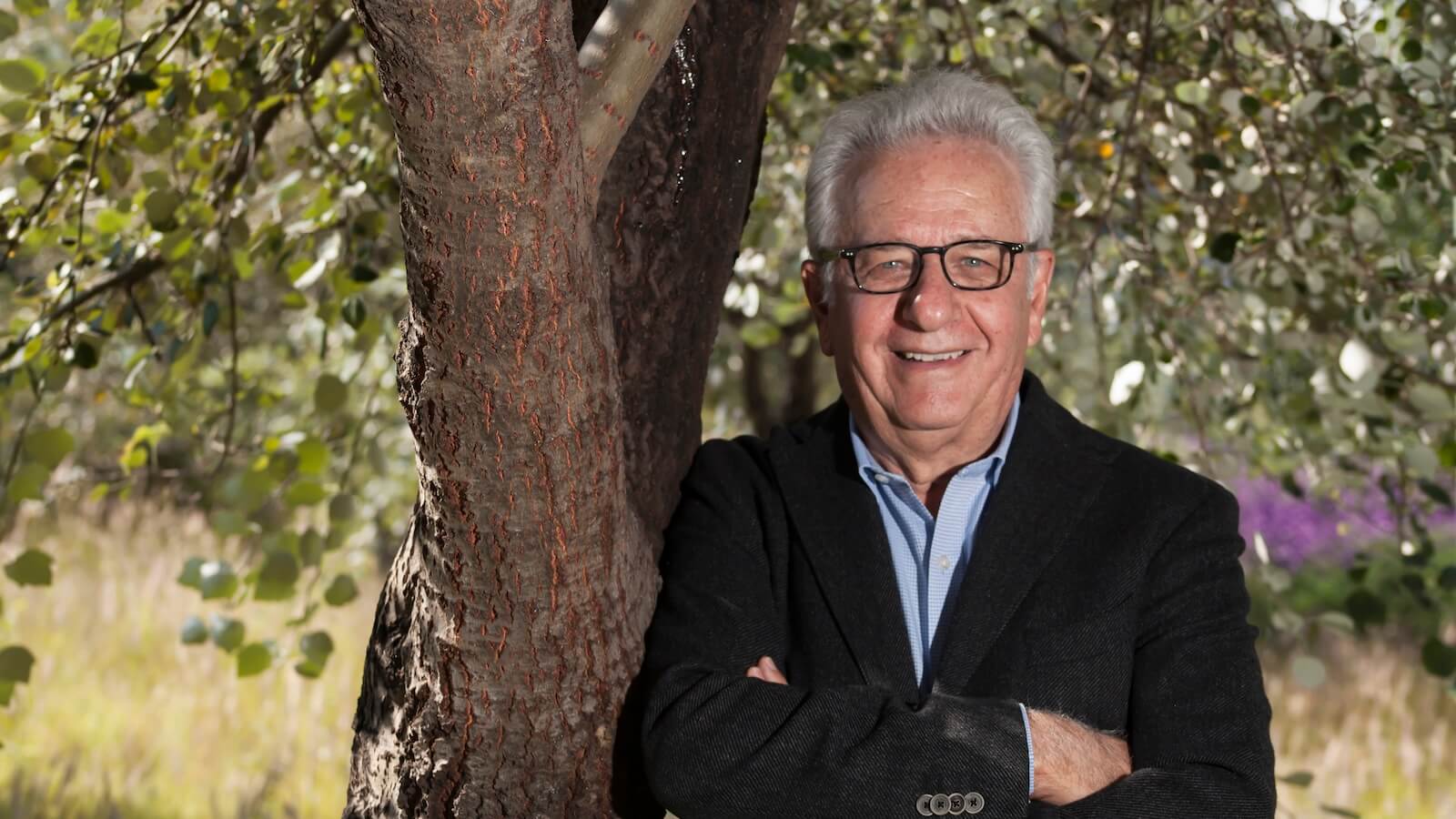
Awarded every two years, the Cornelia Hahn Oberlander International Landscape Architecture Prize bestows a Pritzker-level honour to on a recipient who is “exceptionally talented, creative, courageous, and visionary” and has “a significant body of built work that exemplifies the art of landscape architecture.” In 2021, Julie Bargmann was named the inaugural laureate, followed by the late Kongjian Yu in 2023. Today, the Cultural Landscape Foundation (TCLF) announced that Mexican landscape architect Mario Schjetnan and his studio, Grupo de Diseño Urbano (GDU), have been awarded the 2025 prize.
Born in Mexico City in 1945, Schjetnan came of age in a rapidly changing urban and social context. Amidst a post-war boom that saw the Mexican capital become one of the largest cities in the world, he studied architecture at the National University of Mexico (UNAM). While the curriculum was steeped in the likes of Le Corbusier and Louis Kahn, the late 1960s unfolded an evolving social consciousness. As Schjetnan finished his undergraduate degree in 1968, French labour protests resonated across the world. And in Mexico City, the Tlatelolco massacre capped the Mexican Movement of 1968, which championed political freedom and a more egalitarian social order amidst entrenched authoritarianism.
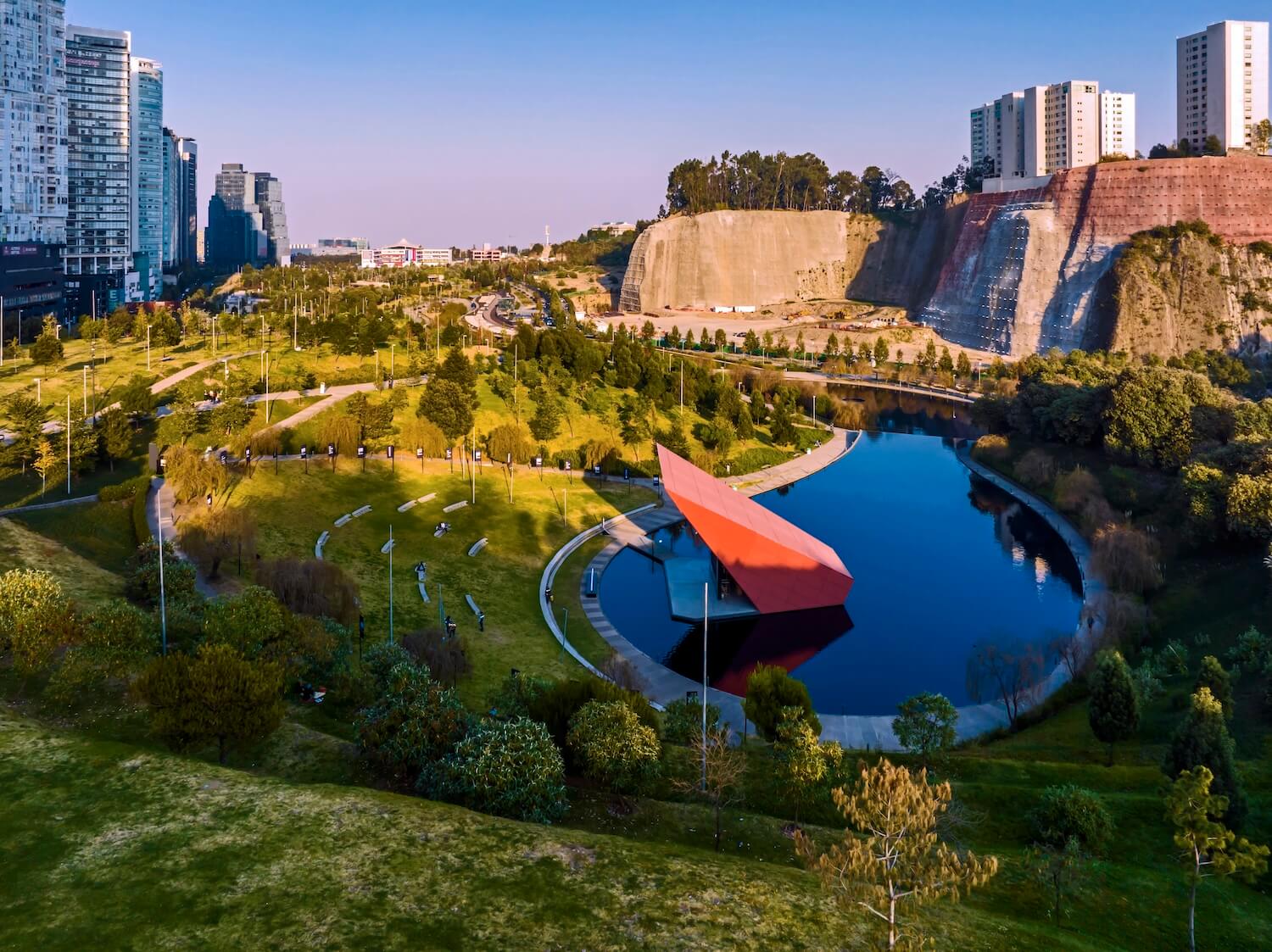
This rebellious yet socially motivated spirit of ’68 would shape the whole of Mario Schetnjan’s design career. After completing a master’s degree in landscape architecture at UC Berkeley’s College of Environmental Design in 1970, Schetnjan returned to Mexico, where he became the first first head of urban and housing design for INFONAVIT, a newly established government initiative created to provide worker housing. Founded in 1972, INFONAVIT quickly became a national force. “For me it was like a post-doctorate degree in Mexico,” said Schetnjan of the experience. “We created a series of environmental and urban design concepts different from what had been done before in housing… We worked in 110 cities in Mexico. We built, in five years, 100,000 houses/units, and in Mexico City just about 25,000.”
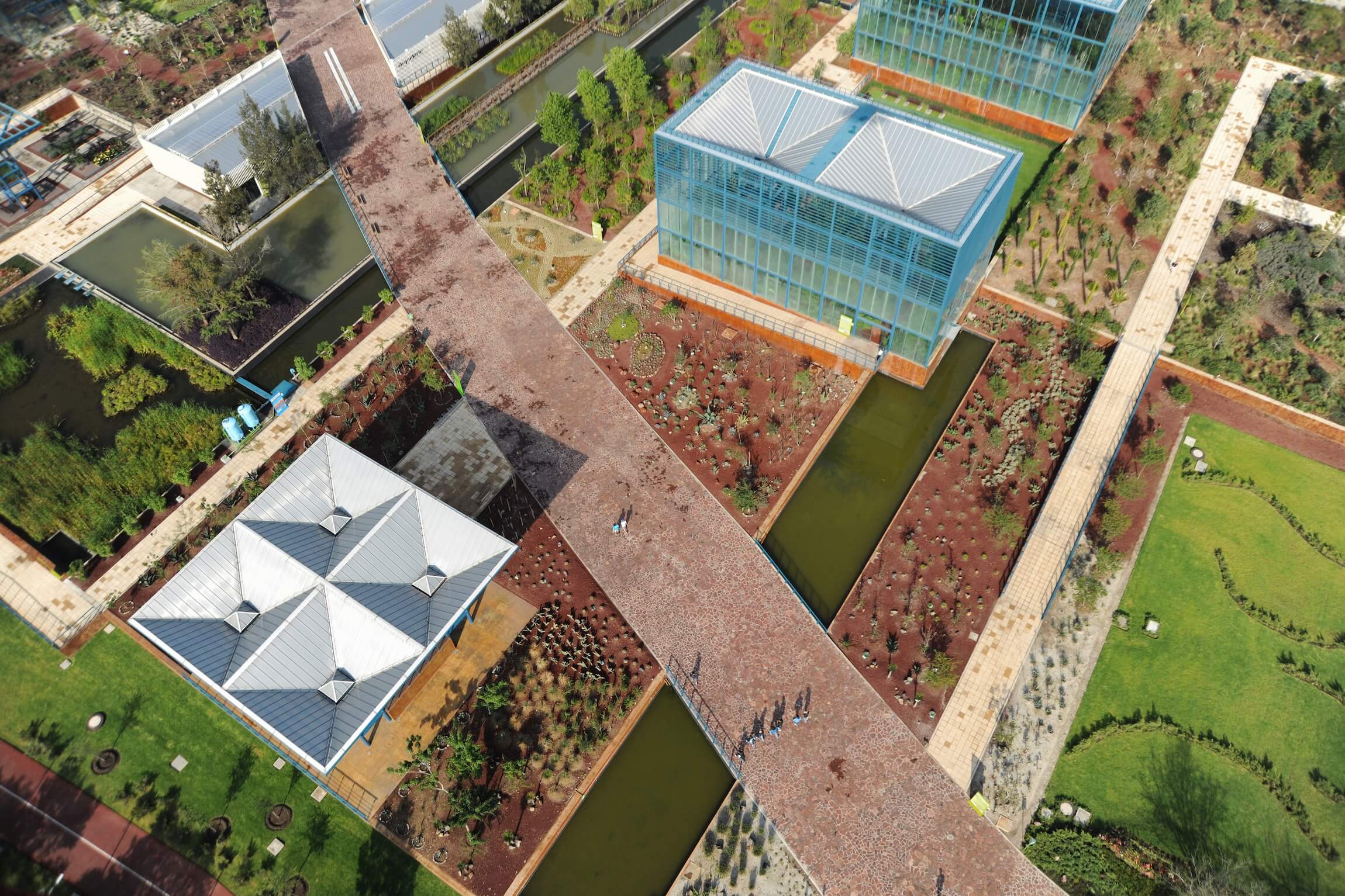
In 1977, he turned his focus back to landscape architecture, establishing the now-iconic Grupo de Diseño Urbano (GDU) with José Luiz Pérez, Letty Pérez and his wife Irma Schjetnan. While the typologies were an obvious departure from housing, the practice remained guided by the same civic spirit that animated INFONAVIT. Over the coming decades, GDU became a leading practice in Mexico and beyond. According to the Cultural Landscape Foundation (TCLF), “GDU’s vast portfolio of projects includes a cross-section of nationally significant historic sites like Chapultepec Park, the oldest park in the Americas.”
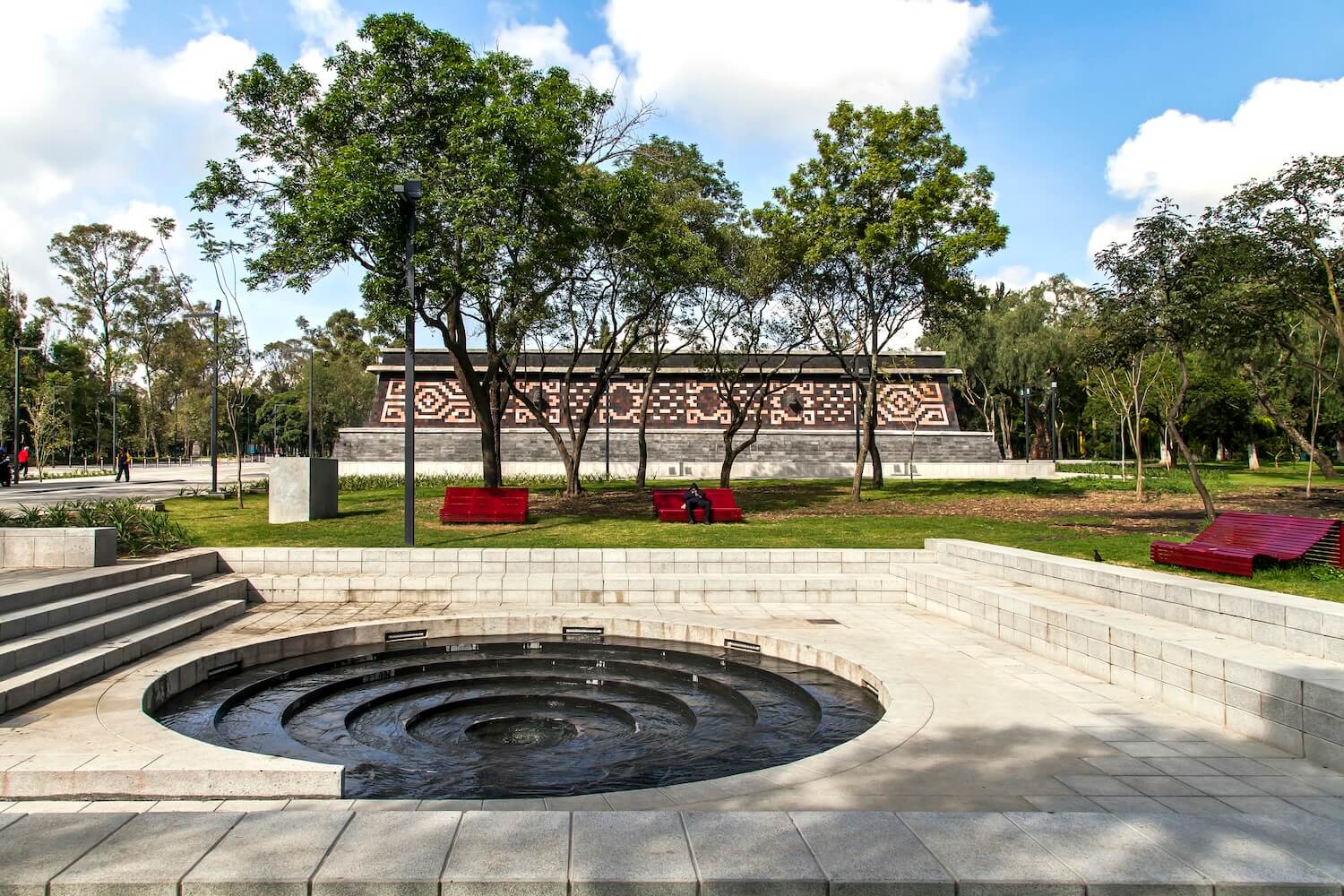
In Mexico City, GDU shaped a wide variety of public spaces, including the 277-hectare Xochimilco Ecological Park and the popular La Mexicana Park in the Santa Fe District. It’s an eclectic portfolio, but one united by a deep commitment to open, accessible public space. Moreover, it evinces an emphasis on sustainable water management, as well as “the recycling and repurposing of post-industrial sites, and the rehabilitation and improvement of urban and natural public spaces,” notes the TCLF. These sensibilities have informed a remarkable generation of Mexican practices that followed, including studios like Taller Capital, Entorno y Contexto EC0 and Centro de Colaboración Arquitectónica.
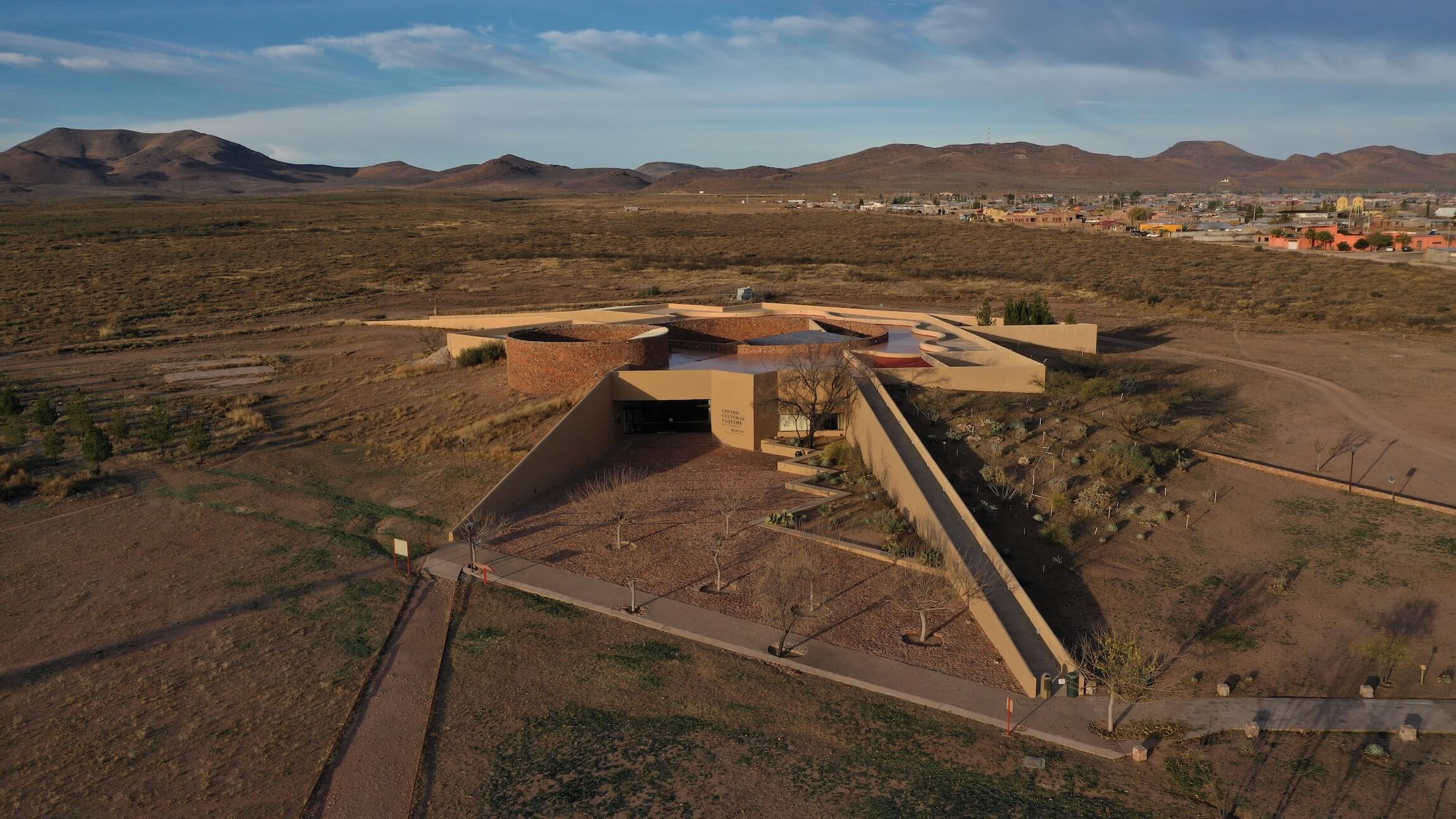
In the United States, Schjetnan and GDU’s projects include Union Point Park in Oakland, CA, the San Pedro Creek Culture Park in San Antonio, TX, and a monument at the Cornerstone Festival of Gardens in California’s Sonoma Valley. In the latter project, GDU’s seemingly limited scope entailed a 120-square-metre monument to immigrant workers, shedding light on the stories of Mexican and Central American migrants who propelled the local economy while facing continued discrimination and danger. It’s a small intervention, but one that epitomizes the commitment to social — and spatial — justice that defines the whole portfolio.
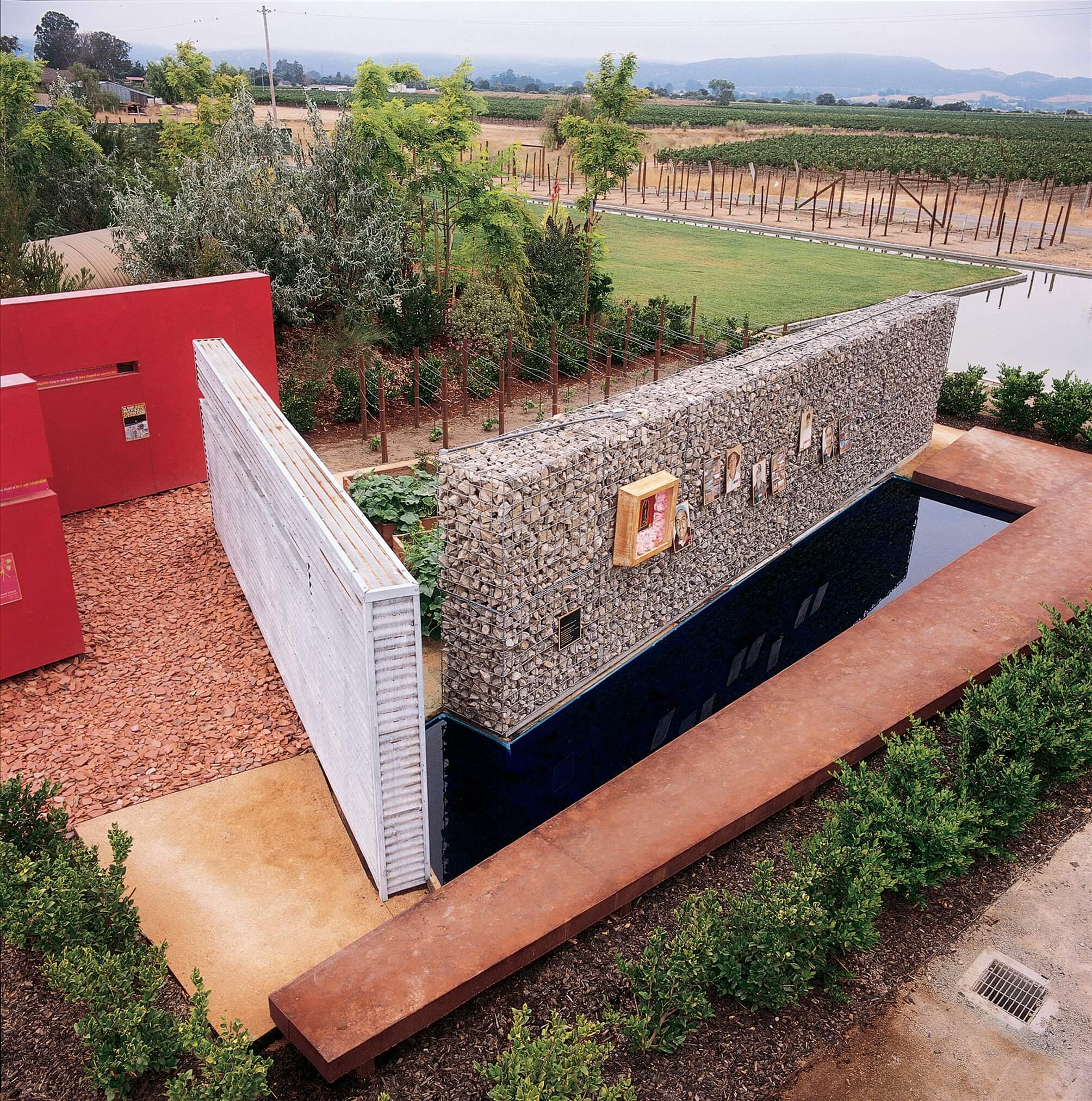
Schjetnan and GDU’s projects are also notable for translating cultural vernaculars into contemporary design, with inspirations ranging from folk art to pre-Hispanic myths, all while also channelling practitioners like Roberto Burle Marx and Lawrence Halprin. According to Schjetnan, Mexico’s diverse “mosaic of cultures.” As he put it, the practice is rooted in “the concept that the landscape is really about culture.” This cultural locus is combined with a deep sensitivity to inclusive socio-economic conditions. “The major question of my life is to improve livability in the poorest sections of Mexico and Latin America — to provide social justice and urban equity — and also in the richest sections,” says Schjetnan. After all, people everywhere share the same “human right to open space.”
According to TCLF President and CEO Charles A. Birnbaum, Mario Schjetman exemplifies the civic core of landscape architecture. “For more than 50 years, Mario Schjetnan’s unwavering commitment to the idea of a human right to have access to open space and the necessity for incorporating cultural values in his work have served as foundational requirements in shaping and managing an equitable built environment for all,” says Birnbaum.
Mario Schjetnan and Grupo de Diseño Urbano Win 2025 Oberlander Prize
The groundbreaking Mexican practice is built around the ethos of a “human right to open space.”
